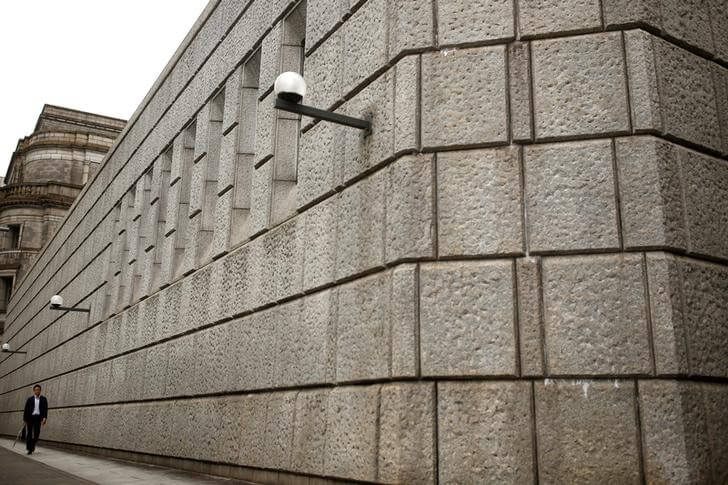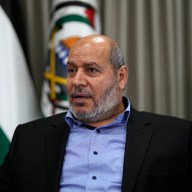By Leika Kihara
TOKYO (Reuters) – Bank of Japan policymakers remained deeply divided on whether to expand or scale back its massive stimulus program as they struggled to address weak inflation with a dwindling range options, a summary of opinions from a June rate review showed on Friday. While the rift has existed ever since BOJ Governor Haruhiko Kuroda deployed his huge asset-buying program in 2013, it is becoming more evident as dissenters to negative interest rates openly criticize the governor’s radical policies. Kuroda has a big enough majority to push through any proposal to expand stimulus again, but the disagreement within the board underscores the challenges of putting a sustained end to deflation with aggressive money printing. The BOJ kept monetary policy steady at the June 15-16 meeting, even as a yen spike and slumping stocks hurt business sentiment and threatened to derail a fragile economic recovery.
Several board members said the BOJ should hold off on expanding stimulus now to scrutinize the impact of January’s decision to adopt negative interest rates and the outcome of the British referendum on whether to exit the European Union, according to the summary of opinions. But some in the nine-member board said the central bank should expand stimulus again if needed to hit its inflation target, expressing alarm over recent weak price data and sluggish economic growth that heightened risks to the outlook. “There are some alarming signs in terms of achieving our price target, such as year-on-year growth in core consumer prices and data on inflation expectations,” one board member was quoted as saying. “If it becomes more likely that the timing of hitting 2 percent inflation will be delayed, the BOJ must reiterate its commitment toward achieving the target to the public and markets by taking additional easing steps,” the board member said. DISSENTERS SPEAK OUT
While a recent slew of weak data keeps the BOJ under pressure to do more to spur growth, several policymakers have publicly voiced doubts over the feasibility of topping up an already massive asset-buying program. Board member Takahide Kiuchi, who voted against January’s negative rate decision, said on Thursday there wasn’t much the BOJ could do to help the economy in the event of a severe market shock, given its dwindling policy options. Another dissenter, Takehiro Sato, said earlier this month the BOJ should modify its policy framework to one more suited for a long-term battle to beat deflation.
“The BOJ should review the current policy of massive (government bond) buying since it undermines the credibility of both fiscal and monetary policies,” one board member – likely either Kiuchi or Sato – was quoted as saying at the June meeting. The BOJ deployed a massive asset-buying program, dubbed “quantitative and qualitative easing” (QQE), in April 2013 and expanded it in October 2014 to beat deflation and accelerate inflation to its 2 percent target. But when price growth once again ground to a halt it added negative rates to QQE in January. (Reporting by Leika Kihara; Editing by Eric Meijer)
BOJ board divided on next move, some fret over weak prices in June: summary

By Leika Kihara
















